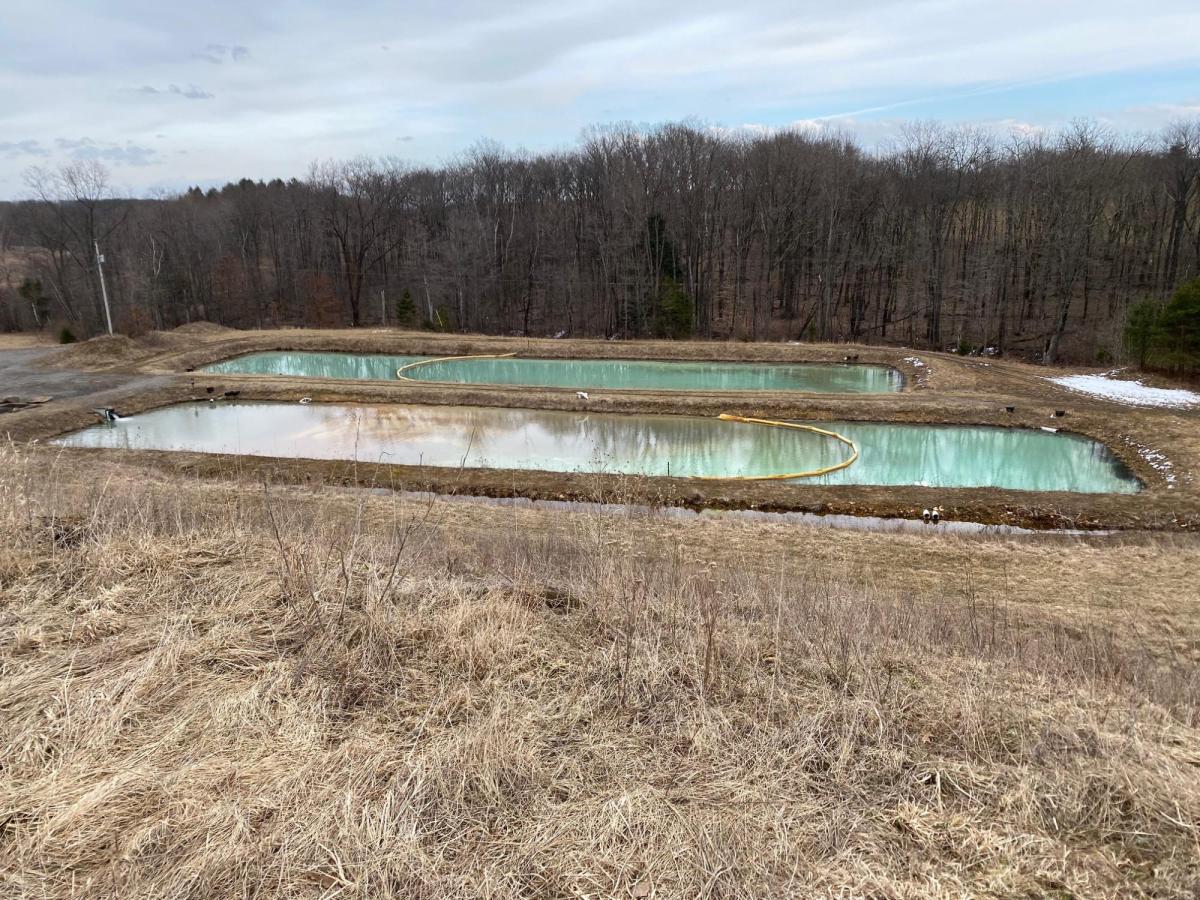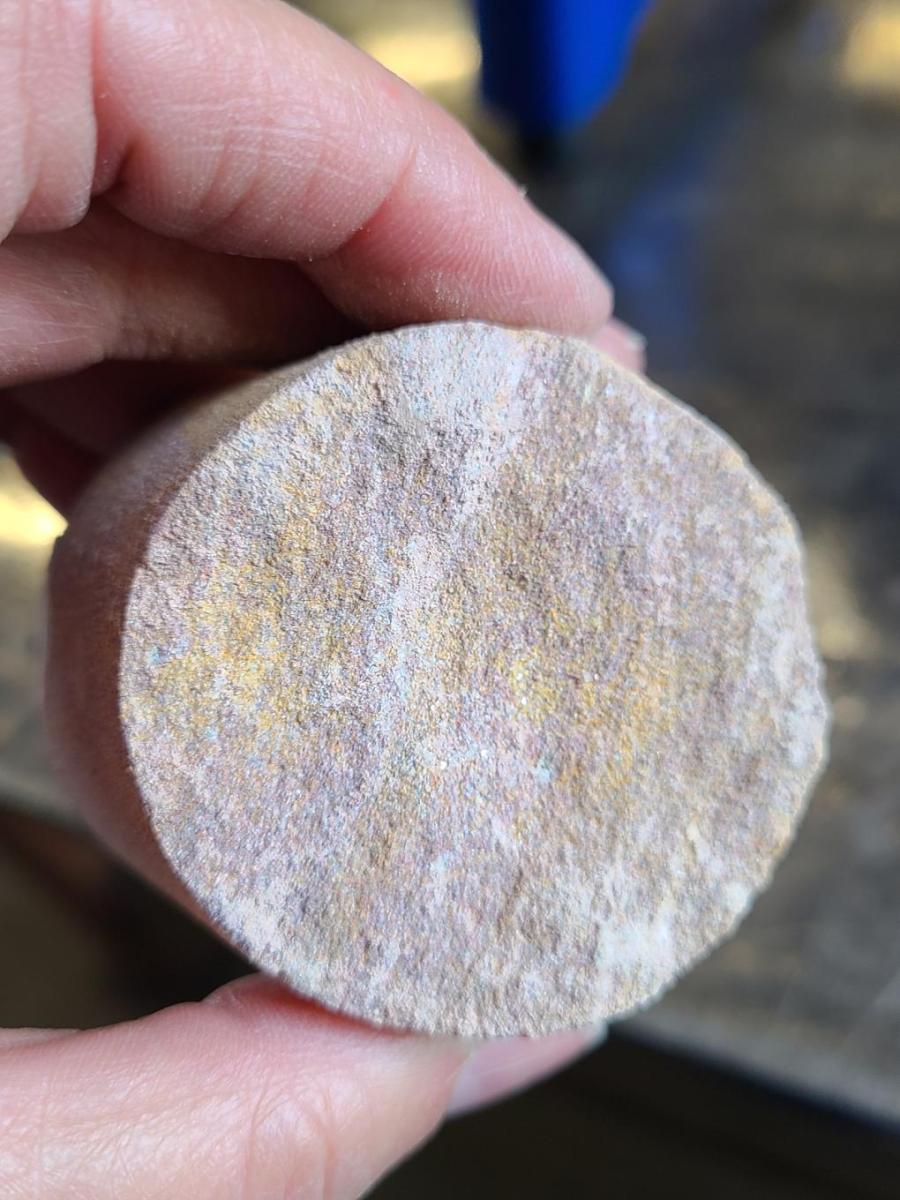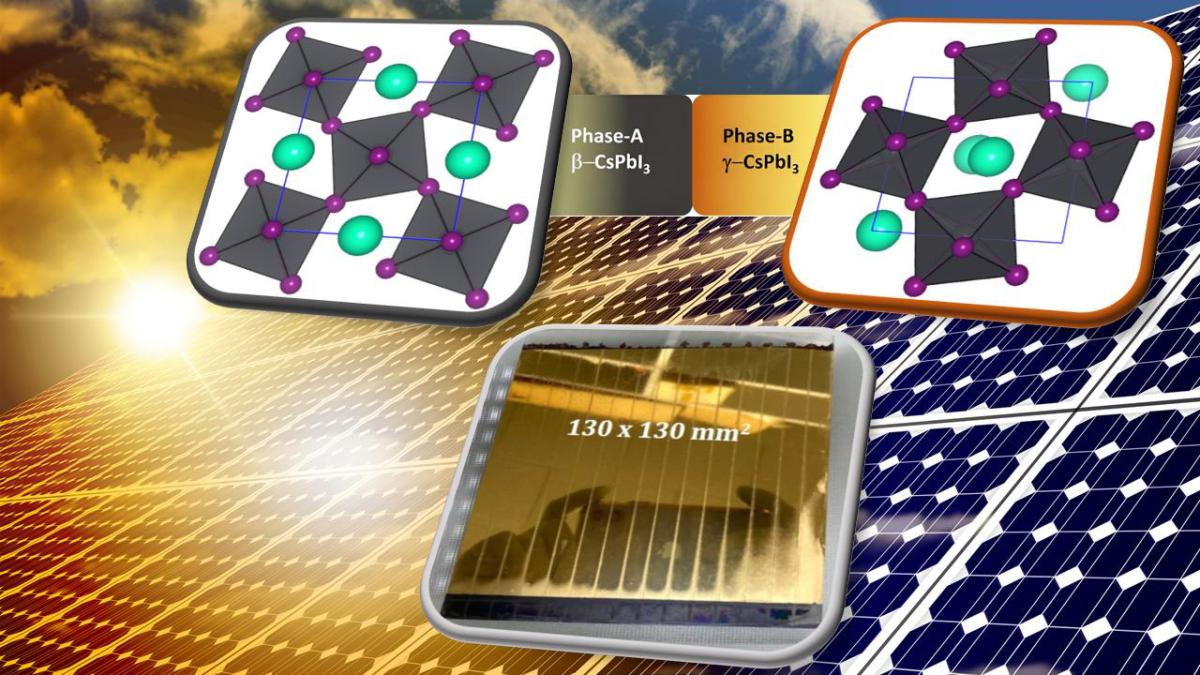Machine learning to monitor stored carbon dioxide saves cost and time, researchers report
Incorporating field data for the first time, researchers at Penn State demonstrated machine learning can be a powerful and cost-effective tool for monitoring sequestered carbon dioxide, overcoming a hurdle for the burgeoning technology aimed at combating climate change.
Carbon sequestration could potentially bridge some areas of transportation and manufacturing that are more difficult to shift to carbon neutral sources because the greenhouse gases can be stored deep in the earth. Yet the technology is costly. New work from researchers at Penn State demonstrates that machine learning could greatly reduce the long-term costs of monitoring carbon sequestration sites.
Credit: Pixabay
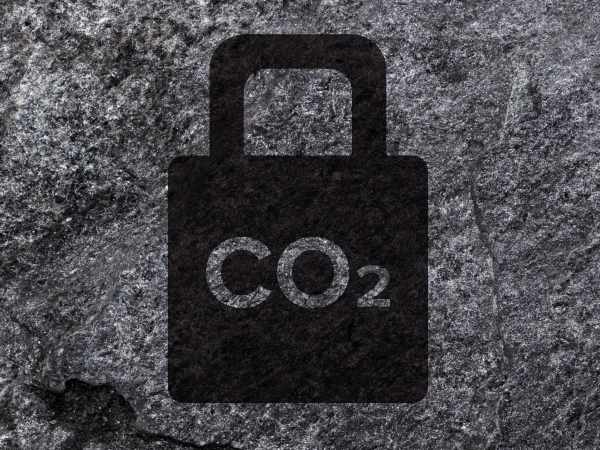
Stock image
Credit: Unknown
Carbon sequestration and mineralization
Addressing the incontrovertible risks of climate change requires deep decarbonization. In addition to green measures like upscaling renewables and improving energy efficiency, there is broad scientific consensus that large-scale carbon capture and sequestration (CCS) remains critical to limiting global temperature rise below 2° Celsius. CCS involves capturing carbon dioxide from a point source or directly from the air; compressing and transporting it via a pipeline; and storing it deep underground or utilizing it as a feedstock or agent in another industrial process.
An acid-mine sludge pond in central Pennsylvania. A byproduct of coal mining, such sites may be rich with critical minerals.
Credit: Provided by Sarma Pisupati
$4.99M DOE grant to build domestic supply chain for critical minerals
A Penn State research team was recently awarded a $4.99 million grant from the U.S. Department of Energy (DOE) to develop and assess advanced separation technologies for the extraction and recovery of rare earth elements and other critical materials from coal, coal wastes and coal by-products.
Penn State, Morgan Advanced Materials partner to improve semiconductor materials
Morgan Advanced Materials visited Penn State recently to sign a memorandum of understanding.
Credit: Christie Clancy/Penn State
Penn State and Morgan Advanced Materials have signed a memorandum of understanding to catalyze research and development of silicon carbide, known as SiC, a semiconductor material that operates more efficiently at high voltages than competing technologies. This agreement includes a new five-year, multimillion-dollar initiative and a commitment by Morgan to become a founding member of the recently launched Penn State Silicon Carbide Innovation Alliance, as well as to supply the graphite materials and solutions needed for SiC development to Penn State for use by internal and external partners. The initiative is a coalition of industry leaders, academic institutions, and government support led by Joshua Robinson, professor of materials science and engineering and acting associate dean for research in Penn State’s College of Earth and Minerals Sciences.
Pennsylvania’s mine waste could play an important role in the nation’s green-energy future

Credit: Penn State
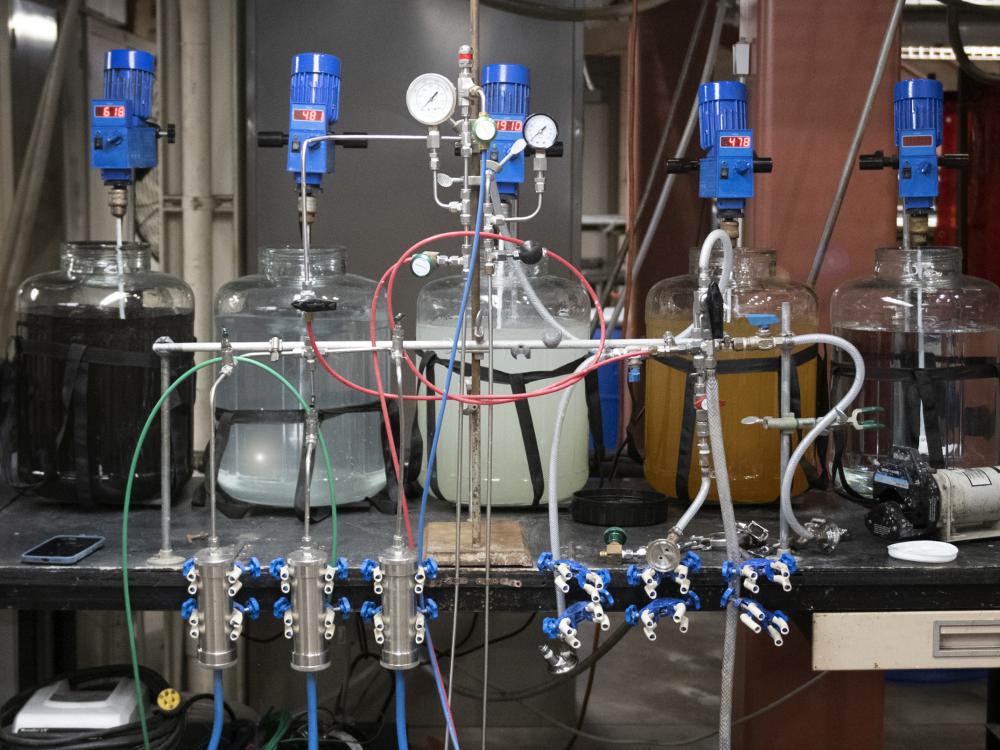
Experimental set-up in Sarma Pisupati’s lab for extracting and separating critical minerals from acid mine drainage.
Credit: Patrick Mansell
Critical minerals, including rare earth metals, are vital components of our consumer goods, national defense, and emerging green-energy technologies, but the U.S is heavily dependent on imports for an adequate supply. Penn State researchers are looking for ways to tap Pennsylvania’s coal mine waste as a domestic source for these materials and reduce environmental pollution at the same time.
A core sample of clay in the lab. The Mercer Clay, a large deposit in central Pennsylvania, may be a secondary source of the battery metal lithium.
Credit: Patrick Mansell
Hydrogen battery: Storing hydrogen in coal may help power clean energy economy
A Penn State researcher holds a large piece of coal.
Credit: Penn State
The quest to develop hydrogen as a clean energy source that could curb our dependence on fossil fuels may lead to an unexpected place—coal. A team of Penn State scientists found that coal may represent a potential way to store hydrogen gas, much like batteries store energy for future use, addressing a major hurdle in developing a clean energy supply chain.
Scientists develop new method to create stable, efficient next-gen solar cells
An international research team, including Penn State faculty Nelson Dzade, reported a new method for creating more durable solar cells that still achieve high efficiency for converting sunlight to electricity.
Credit: Provided by Nelson Dzade
Next-generation solar materials are cheaper and more sustainable to produce than traditional silicon solar cells, but hurdles remain in making the devices durable enough to withstand real-world conditions. A new technique developed by a team of international scientists could simplify the development of efficient and stable perovskite solar cells, named for their unique crystalline structure that excels at absorbing visible light. The scientists, including Penn State faculty Nelson Dzade, reported in the journal Nature Energy their new method for creating more durable perovskite solar cells that still achieve a high efficiency of 21.59% conversion of sunlight to electricity.



